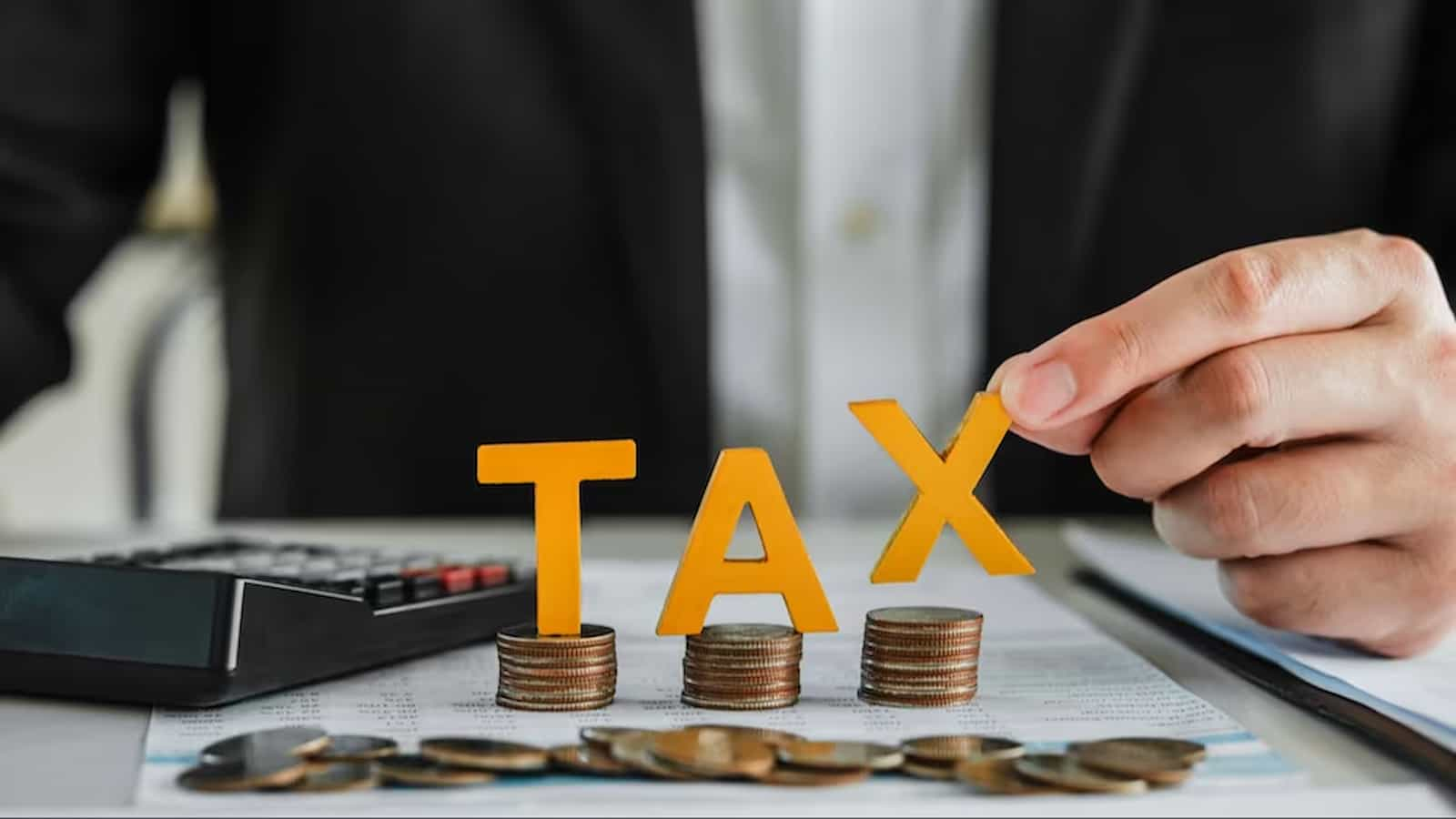Tips to help taxpayers choose between old and new income tax regimes for FY 2024-25: FY 2024-25 income tax slabs Salaried workers must choose between the old and new tax regimes since April 1. The new income tax regime will take effect by default in FY 2023-24, therefore taxpayers must comprehend the rates and brackets.
To clarify the new tax regime, the Finance Ministry posted on X (formerly Twitter) on April 1. “Some social media platforms are circulating misleading information related to the new tax regime,” it said.
The following tips may help you choose between the two regimens.
Tax Season 2024 Extension Deadline: Important Information on Filing Extension Requests
Comparing the New and Old Tax Regimes
1) The primary distinction between the previous and revised income tax systems pertains to their approaches towards exemptions and deductions. Under the old regime, taxpayers may claim considerable deductions under Income Tax Act Sections 80C, 80D, and 80TTA. New regime taxpayers may pay reduced tax rates based on income classification, but they will have fewer deductions.
2) Finance Minister Nirmala Sitharaman did not make any adjustments in her February 1, 2024 Interim Budget. Thus, the fiscal year 2024-2025 standard deduction remains unchanged. Both previous and new income tax regimes maintain a ₹50,000 threshold.
3) Under the new tax regime, we have modified the structure of the income tax categories as follows:
- An exemption from taxation will apply to earnings not exceeding ₹3 lakh.
- Income within the bracket of ₹3-6 lakh will be subject to a 5% tax rate, with a tax rebate provision outlined in Section 87A.
- The government will apply a ten percent tax rate to income ranging from 6 to 9 lakh, and taxpayers can claim a tax rebate of up to 7 lakh under Section 87A.
- The tax rate applicable to income ranging from 9 to 12 lakh will be 15 percent.
- Any income in the range of 12 to 15 lakh rupees will be subject to a 20 percent tax rate.
- For earnings in excess of 15 lakh, a 30 percent tax will be levied.
4) Under the previous tax system, the structure of income tax categories was as follows:
- A maximum exempt amount of ₹2.5 lakh is imposed on income.
- A tax of 5 percent is imposed on incomes between ₹2.5 lakh and ₹5 lakh.
- Individual earnings ranging from ₹5 lakh to ₹10 lakh are subject to a 20% tax rate.
- Personal income that surpasses 10 lakh is subject to a 30 percent tax rate.
5) Given the automatic application of the new income tax system, employed individuals must report their preferred tax regime to their employer before the fiscal year begins. If you submit your income tax return before the deadline, you can switch administrations even if you forget to tell your employer.


















